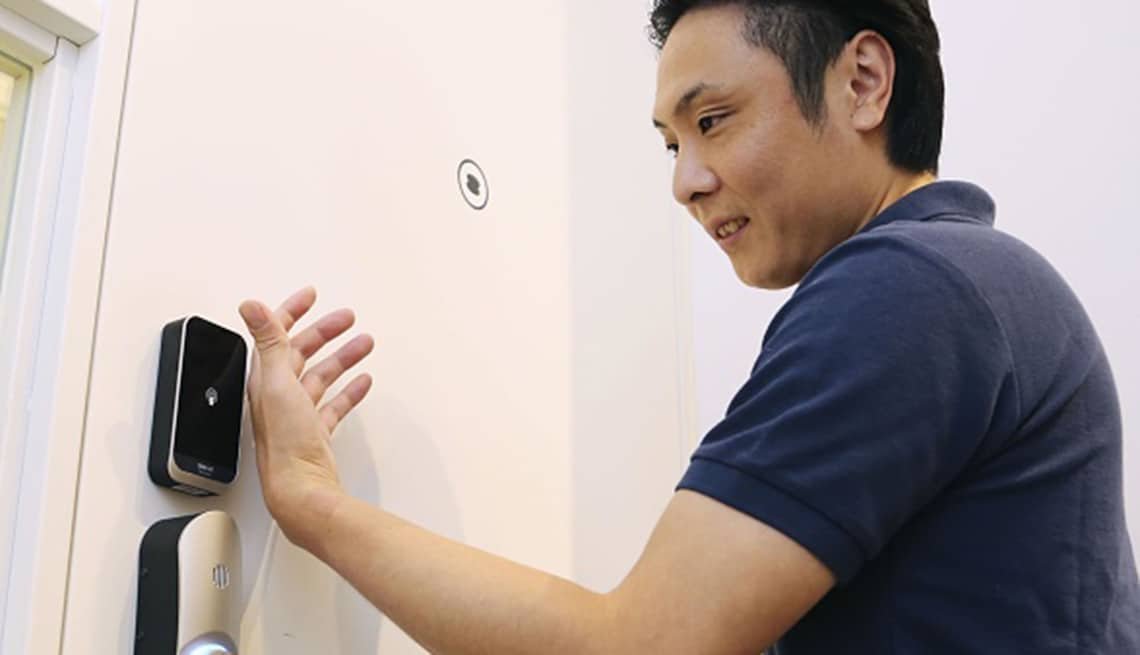
Every day you add more and more information to your phone. Every day it becomes a more complete digital representation of you. Bank accounts, the PayPal app, even password managers – they're all there, plus social media accounts, photos… the list goes on.
The implication is clear. Your phone poses a huge risk to your privacy and identity. Once stolen, data can be extracted from a phone which can then be used to steal your identity, making you a victim of identity fraud.
Protect your smartphone from theft
The first step in minimizing identity theft through your smartphone is making the theft more difficult.
To begin with, don't leave a phone in plain sight in your car. Instead, use a glove box or slide it under a seat. So if the phone is out of sight, it's not a target. The same applies to any device that stores personally identifiable data.
On the street, keep your phone out of sight. Don't shake it; keep it in the inside pocket of his coat. Otherwise, keep it in a secure pocket in your bag, carry it safely. Use a hands-free Bluetooth headset to avoid having to remove your phone to make or receive calls.
You should also know the tactics of street criminals when it comes to stealing phones. They have various tactics to enjoy your personal space and use your things. Key Examples:
They ask you the time. Although your first reaction is to pull out your phone to check it, it puts you at risk. Instead, identify a watch that you see from your location or keep moving without responding.
You get accosted in a crowded place. It can happen without even realizing it. A key example is a moment on a subway train where people are getting in and out, dozens of people pushing you at once. It's a great opportunity, so keep your phone out of sight.
Although many of these practices are quite obvious, it is essential to keep them in mind.

Protect the secrets of your smartphone
Next, you need to make sure that if your phone is stolen, it doesn't reveal anything an identity thief could use. Various tools and applications can ensure that your phone does not reveal your secrets.
1. Encrypt your phone
Use your phone's full disk encryption option to ensure data cannot be accessed without proper authentication. All mobile platforms have an encryption option, so take the time to find out how to enable it. Please note that the data cannot be recovered once encrypted if you forget the phone password.
2. Secure authentication
Most phones offer facial recognition, a fingerprint reader, or the ability to enter a strong password. Avoid PIN codes and four-digit forms as they leave a greasy mark on the screen that can be used to crack the code. For convenience and reliability, fingerprint or fingerprint security has proven to be the most effective.
3. Use an app lock tool
If your phone is stolen and you gain access, some apps (such as contacts, email, cloud drives, and social media) will leak their secrets as soon as they're launched. You can set individual passwords for sensitive apps with an installed app lock. You've probably realized that this could be annoying in some scenarios, but overall it's a good security option.
4. Install an anti-theft app
Tools that detect a change in circumstances can trigger a burglar alarm. For example, if a phone is discharged, moved or if the SIM card is changed without authorization, an alarm can be triggered. These apps often offer the option to disable the alarm or even send it silently, notifying a designated contact (or everyone) that the phone has been stolen.
5. Find and erase a stolen phone
Find My Device on Android and Find My for iPhone can be used to remotely wipe a stolen phone. Apps like Cerberus and Prey can also do this and photograph the attacker using the phone's camera. You can remotely destroy data via a web application if your phone is stolen.
All of these tools can be used to protect your phone from unauthorized access. If you're not willing to use any of them, at least use their platform's disk encryption and phone detection service.
Beware of phone bill identity theft
An entirely different type of identity theft surrounds the use of mobile phones. Phone bill spoofing occurs when a cell phone is purchased in your name without your knowledge. You may have been a victim of this or your address may have been used under someone else's name. This is a common tactic to take advantage of a superior credit rating and obtain financing to purchase a phone.
Telephone bill fraud occurs by impersonating a victim in one of two ways:
- Dark websites with databases full of stolen account details are visited, the details are purchased, and then used to purchase a phone, with all bills billed to the victim.
- Phishing can be used to trick the victim into divulging personal information needed to open an account. These are then routed to a smartphone retailer, along with a fake ID and purchased phone.
This type of identity theft should be able to be detected quickly. When the statement arrives, contact the mobile phone network and report the contract as fraudulent.

Protect your identity from theft - secure your phone
With so much personal information in your pocket, it makes sense to understand the risks and take precautions to secure your phone.
By now it should be obvious: protecting your phone is a crucial step in the fight against identity theft. So follow these steps to make sure you never take your eyes off them, remain fully protected from unauthorized access, and don't leak your data to identity thieves.